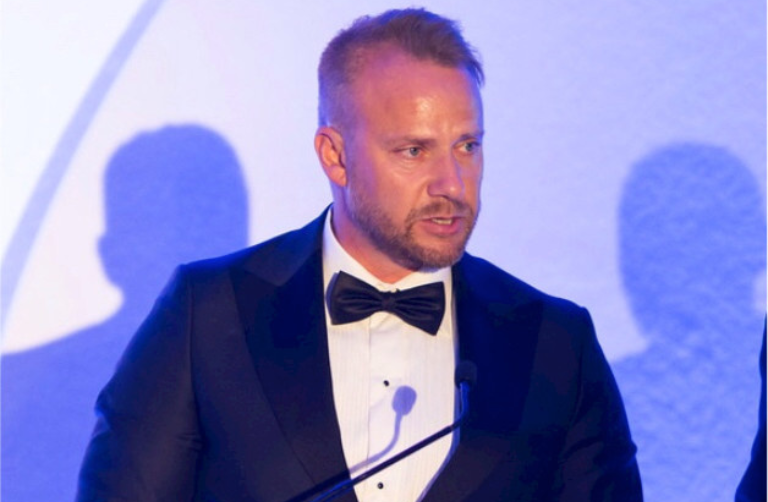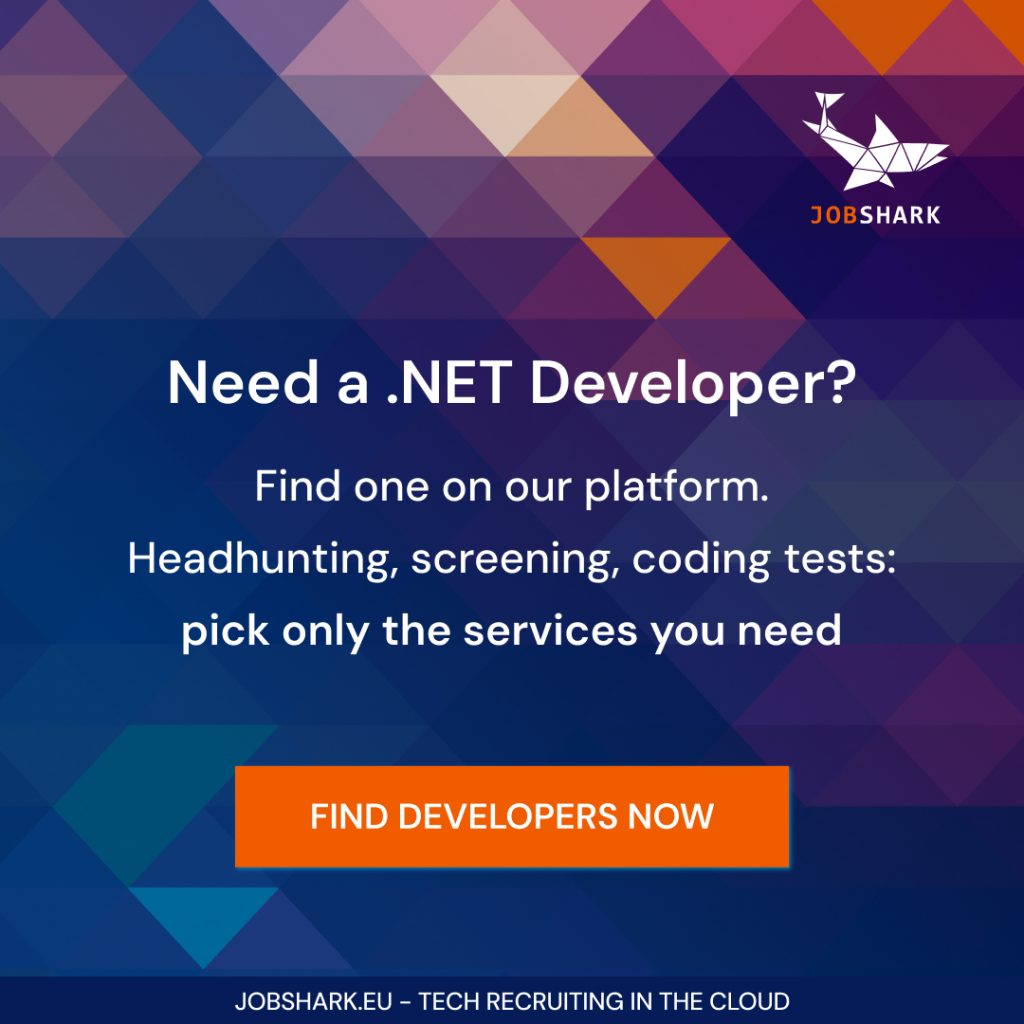A Swedish executive with over two decades of experience in building high-performing teams in the high-tech industry across Europe and the US, Martin Krona has become an advocate for leadership models that transcend borders. He champions the integration of “the speed and initiative of American leadership with the depth and inclusiveness of the European model.”
For Krona, the true competitive edge lies in the ability to build teams that can take thoughtful risks and quickly adapt while maintaining a long-term perspective. “It’s important to celebrate well-intentioned experiments, even when they don’t succeed, because those are often where the real insights come from,” he states.
Now serving as President of Services at Telit Cinterion, headquartered in California, Krona oversees a diverse portfolio spanning IoT (Internet of Things) and IIoT (Industrial Internet of Things) solutions, AI-driven automation, and global connectivity — all critical components in the next wave of digital transformation.
In this conversation with TechTalents Insights, Krona shares how leaders can foster long-term thinking while managing short-term pressures, and why the ability to communicate strategic trade-offs is more essential than ever: “Sometimes, a slower quarter is the cost of building something more resilient and scalable in the future.” He also challenges one of the most persistent myths in leadership today — the idea that a leader must always have the answers.
TechTalents Insights: You’ve worked across both European and American business environments. In your view, what are the most significant cultural differences in how leadership is practiced or perceived in the US vs. the EU, and how do these differences impact team dynamics and performance?
Martin Krona: One of the most significant cultural differences I noticed lies in the approach to authority, decision-making, and individualism. In the US, leadership tends to be more assertive and individual-driven. American leaders are often expected to be highly visible, decisive, and action-oriented. There’s a strong emphasis on personal accountability, rapid decision-making, and measurable outcomes. Team members often look for clarity, autonomy, and speed.
In contrast, many parts of the EU — though diverse in themselves — tend to view leadership as more collaborative and consensus-based. European leaders often gain credibility through expertise and thoughtful processes rather than charisma or speed. Decisions may take longer, but there is usually a deeper investment in stakeholder input, long-term impact, and team alignment.
These differences directly shape team dynamics. U.S.-based teams may excel in agility, risk-taking, and innovation, but can sometimes struggle with over-siloing or burnout if cohesion is lacking. European teams may have stronger alignment and stability, but risk slower adaptation in fast-changing environments if consensus becomes a bottleneck.
The key for leaders operating across these cultures is adaptability. Knowing when to drive decisively and when to step back and listen is crucial. The most effective global leaders are those who can blend the speed and initiative of American leadership with the depth and inclusiveness of the European model.

TechTalents Insights: In a recent LinkedIn article, you emphasize the importance of fostering a culture where failure is not a career-ending event but rather a learning opportunity. In an environment where failure is a career-ender, employees will be terrified of taking risks, which may stifle innovation and lead to mediocrity in the long run.
How can a leader cultivate an environment that supports thoughtful risk-taking? How can they communicate this long-term mindset both within their teams and to other stakeholders?
Martin Krona: Cultivating thoughtful risk-taking starts with creating psychological safety. People need to feel that they can speak up, test ideas, and challenge assumptions without fear of being blamed or judged. As a leader, I try to model that behavior — by admitting when I don’t have all the answers and by treating mistakes as learning moments. It’s important to celebrate well-intentioned experiments, even when they don’t succeed, because those are often where the real insights come from.
That said, risk-taking should always be grounded in purpose. I believe in setting clear strategic guardrails — so the team understands where bold thinking is encouraged and where stability is essential. We talk a lot about “smart risks”: those that are intentional, aligned with our long-term goals, and rooted in solid thinking.
When it comes to communicating a long-term mindset, consistency is key. I try to connect day-to-day work back to a broader vision, whether it’s product evolution, market positioning, or cultural development. Internally, we focus not only on short-term KPIs but also on sustainable metrics — such as customer trust, team capability, and adaptability. And with external stakeholders, I’m very transparent about trade-offs. Sometimes, a slower quarter is the cost of building something more resilient and scalable in the future. This can be very hard in a world full of private equity-backed companies that are looking for quick growth and returns. This is where leadership really matters. Being able to manage expectations and not push the team too hard with overwhelming expectations is critical.
In both cases — risk-taking and long-term thinking — it’s about trust. People need to know you’re playing the long game and that you’ll stand by them when they do the same.
TechTalents Insights: And what’s one leadership myth you wish more people would let go of?
Martin Krona: One of the biggest myths in leadership is the idea that a leader must always have the answers. That belief not only puts unrealistic pressure on leaders but also stifles collaboration and innovation across the organization.
Great leadership is less about having all the answers and more about asking the right questions. It’s about creating space for others to contribute, making decisions with input, and knowing when to say, “I don’t know, but let’s figure it out together.” The best leaders I’ve worked with are curious, humble, and willing to change course when new information comes in.
Letting go of the “hero leader” myth opens the door for more inclusive, adaptive, and resilient teams — especially in today’s complex and fast-changing environments. Leadership isn’t about certainty; it’s about clarity, trust, and shared purpose.
Subscribe to TechTalents Insights — it’s free
If this was helpful, our newsletter will keep the inspiration going. Join the TechTalents Insights community and get curated trends and expert viewpoints, free and bi-weekly.




